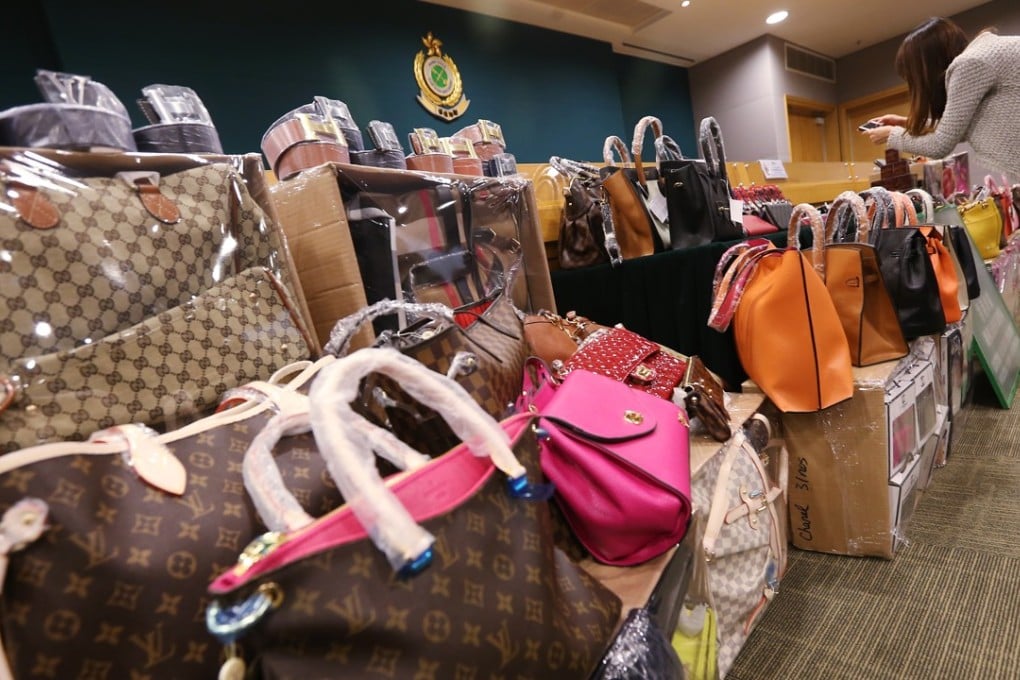Portable scanner instantly detects fake designer bags – big in Hong Kong – and Singapore luxury reseller is an early investor
Entrupy takes microscopic photos and, using deep learning, compares them with database of genuine goods; reseller The Fifth Collection, based in Singapore, immediately saw scanner’s potential

Counterfeits are a thorn in the side of luxury fashion brands, but they can be even more of a headache for resellers.
Consumers on the hunt for high-end clothing at a cheap price often seek out well-preserved second-hand pieces online, but hunting for legitimate goods in the global US$460 billion counterfeit industry (according to Organisation for Economic Co-operation and Development data) is no easy task.
The report put the spotlight on Greater China as the largest producer of counterfeit goods. Hong Kong was listed at number one, with China as the number two “provenance economy”, meaning it either produces fakes or serves as a transit point for them. Of the total number of seizures, 63.2 per cent originated in China.
Given the ubiquity of fakes among resellers, buyers often examine pre-owned fashion to deduce authenticity, analysing stitching, font size and interior labels. But sometimes, a copy is just so well made that the human eye can’t tell it from the original.
That’s where technology can help.
Entrupy is a portable scanning device that instantly detects imitation designer bags by taking microscopic pictures that take into account details of the material, processing, workmanship, serial number and wear and tear. It then employs the technique of deep learning to compare the images against a vast database that includes top luxury brands and, if the bag is deemed authentic, users immediately get a Certificate of Authenticity.